Recombinant Human/Mouse/Rat Activin A Protein
$90.00 – $4,199.00
In-stock products will arrive in 1 to 2 business days
Key Features
✓ Endotoxin Level: Determined by LAL method
✓ Purity: Determined by SDS-PAGE and quantitative densitometry by Coomassie® Blue staining
✓ Biological Activity: Yes
✓ Expression System: E. coli
Need Help Ordering?
Product Details
Storage & Preparation
Data Images
Background
Product Documents
Product Details
| Biological Activity | Determined by in-house activity assay |
| Purity | Determined by SDS-PAGE and quantitative densitometry by Coomassie® Blue staining |
| Endotoxin | Determined by LAL method |
| Expression System | E. coli. |
| Accession Number | P08476 |
| Sequence | Gly311-Ser426 GLECDGKVNI CCKKQFFVSF KDIGWNDWII APSGYHANYC EGECPSHIAG TSGSSLSFHS TVINHYRMRG HSPFANLKSC CVPTKLRPMS MLYYDDGQNI IKKDIQNMIV EECGCS |
| Molecular Weight | 13 kDa (monomer, predicted) |
| Formulation | Lyophilized from sterile PBS with Trehalose, pH 7.4 |
Storage & Preparation
| Shipping | Shipped at ambient temperature. |
| Stability & Storage |
|
| Reconstitution | Reconstitute at 100 ug/mL in sterile PBS. |
Data Images
Background
| Alternative Names | Inhibin Subunit Beta A, Erythroid Differentiation Factor, Inhibin Beta A Chain, Activin Beta-A Chain, Follicle-Stimulating Hormone-Releasing Protein, FSH-Releasing Protein, INHBA, EFD, FRP |
| Function | Activin A plays critical roles in various physiological processes, including development, reproduction, immune function, tissue repair and tissue homeostasis. During embryonic development, Activin A is involved in patterning and differentiation of various tissues and organs. It helps regulate processes such as mesoderm induction, neural differentiation, and organogenesis. Activin A is involved in the regulation of reproductive processes such as follicle development in the ovaries, spermatogenesis in the testes, and embryonic implantation in the uterus. It also plays a role in the secretion of hormones such as follicle-stimulating hormone (FSH) and luteinizing hormone (LH) from the pituitary gland. Activin A has immunomodulatory effects, influencing the function of immune cells such as macrophages, T cells, and B cells. Activin A participates in the regulation of bone metabolism by influencing the activity of osteoblasts and osteoclasts. During tissue repair, Activin A is upregulated and promotes growth of keratinocytes and stromal cells. Activin A is a homodimer consisting of two betaA subunits.
Activin A signaling takes places through binding to a Type II receptor (Activin RIIA/ACVR2A or Activin RIIB/ACVR2B) followed by heterodimerization with a Type I receptor unit (Activin RIB/ACVR1B/ALK-4 or Activin RIC/ACVR1C/ALK-7). Regulation of Activin A occurs by binding to inhibitory proteins (Follistatin and FLRG) or membrane-bound decoy receptors (BAMBI and Cripto). Activin A is used in cell culture to maintain pluripotency of human embryonic stem cells (ESCs) or induced pluripotent stem cells (iPSCs) and to differentiate human ESCs into endoderm. Similarly, Activin A is used for the maintenance and growth of 3-D organoids. |
| Tissue Specificity | Activin A expression has been reported in adipose tissue, ovaries, testes, uterus, pituitary gland, placenta, prostate, lung, kidney, skeletal muscle, and cardiac muscle. |
| Cellular Localization | Secreted protein |
| Involvement in Disease | Dysregulation of Activin A has been associated with osteoporosis, rheumatoid arthritis (RA), inflammatory bowel disease (IBD), asthma, obesity, type 2 diabetes, atherosclerosis, and cancers (prostate, breast, ovarian, and colorectal). |
| UniProt | P08476 |
| Gene Symbol | INHBA |
| Entrez Gene ID | 3624 |
Product Documents
You may also be interested in related products:
Reviews (no reviews yet)
Only logged in customers who have purchased this product may leave a review.



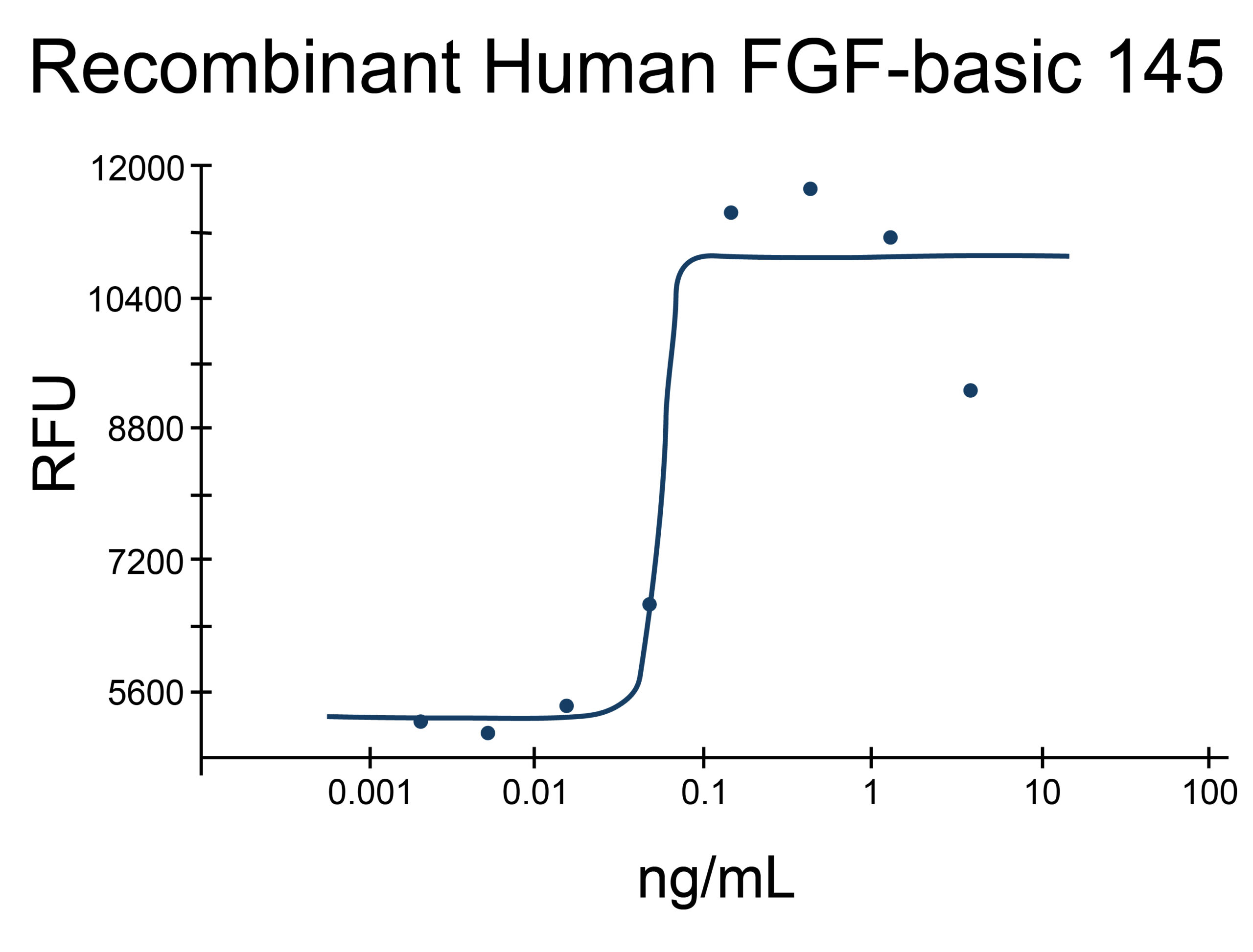
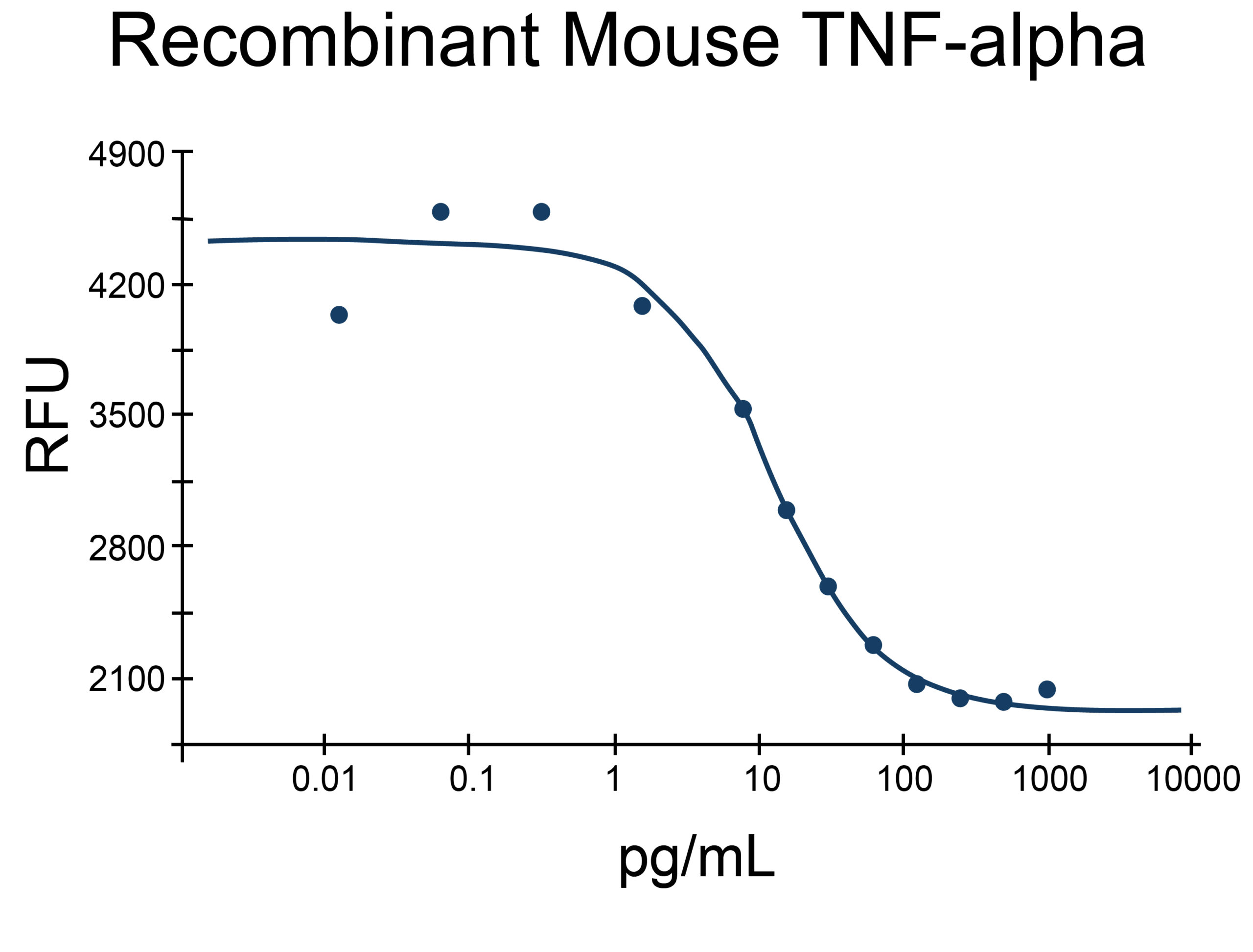
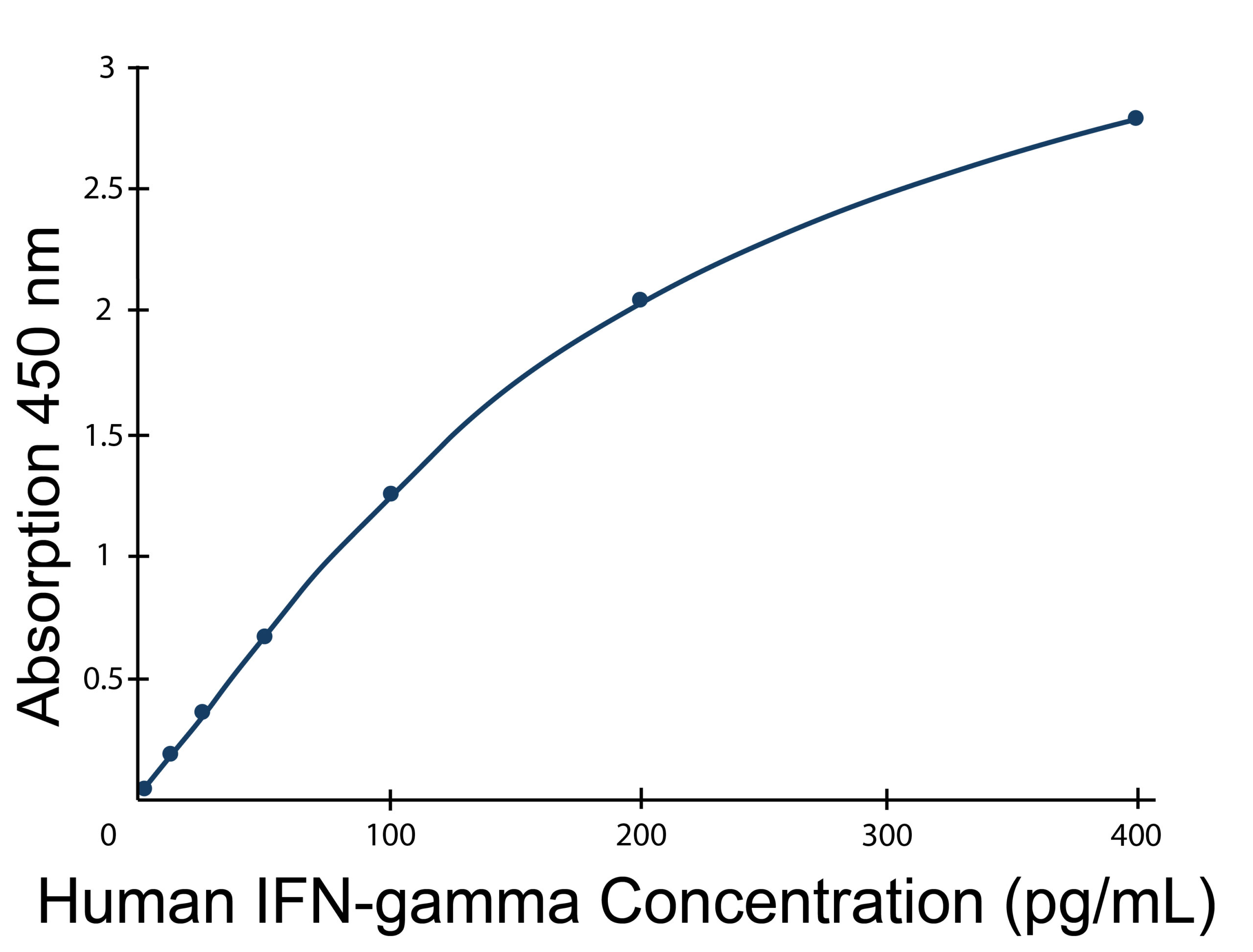
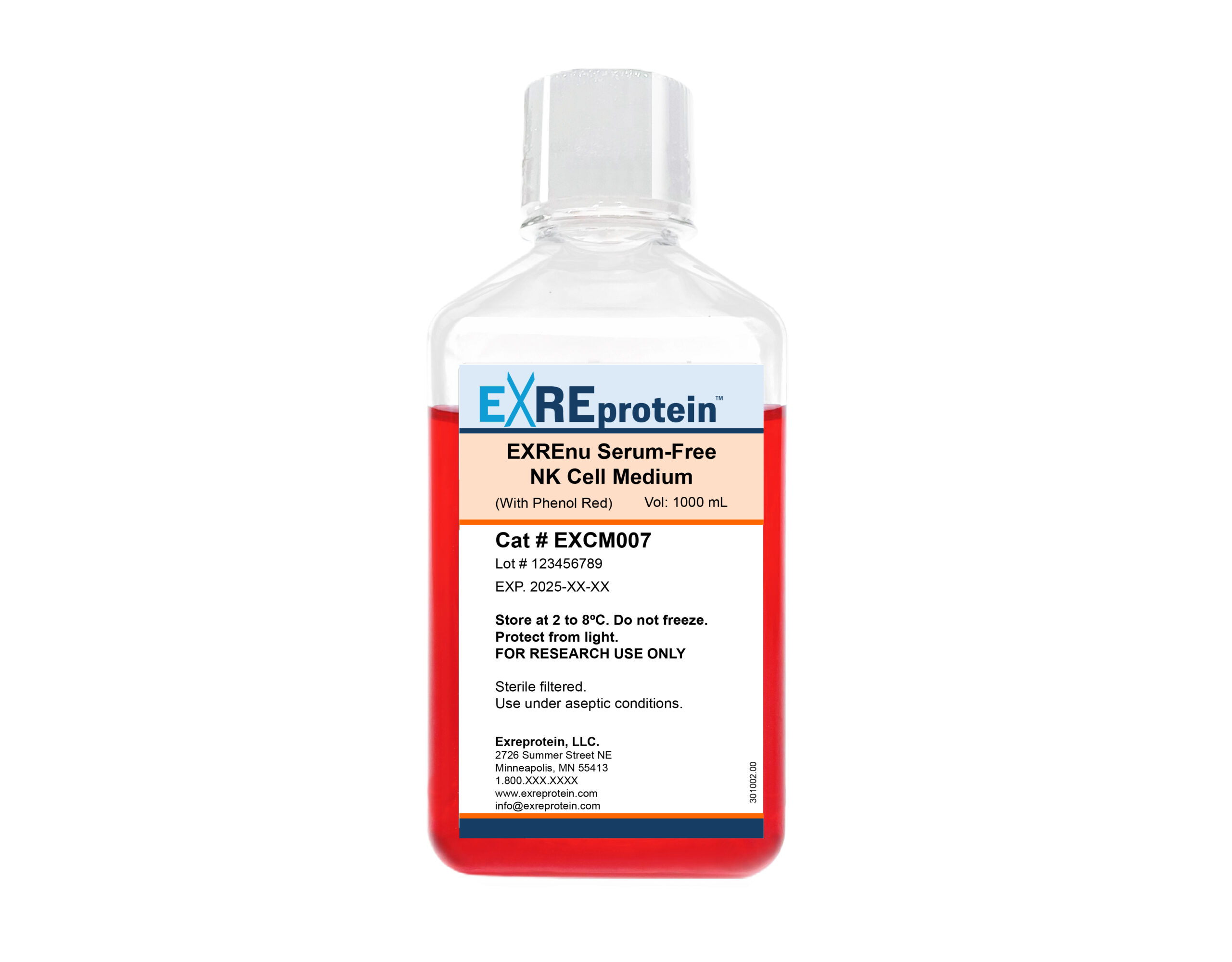
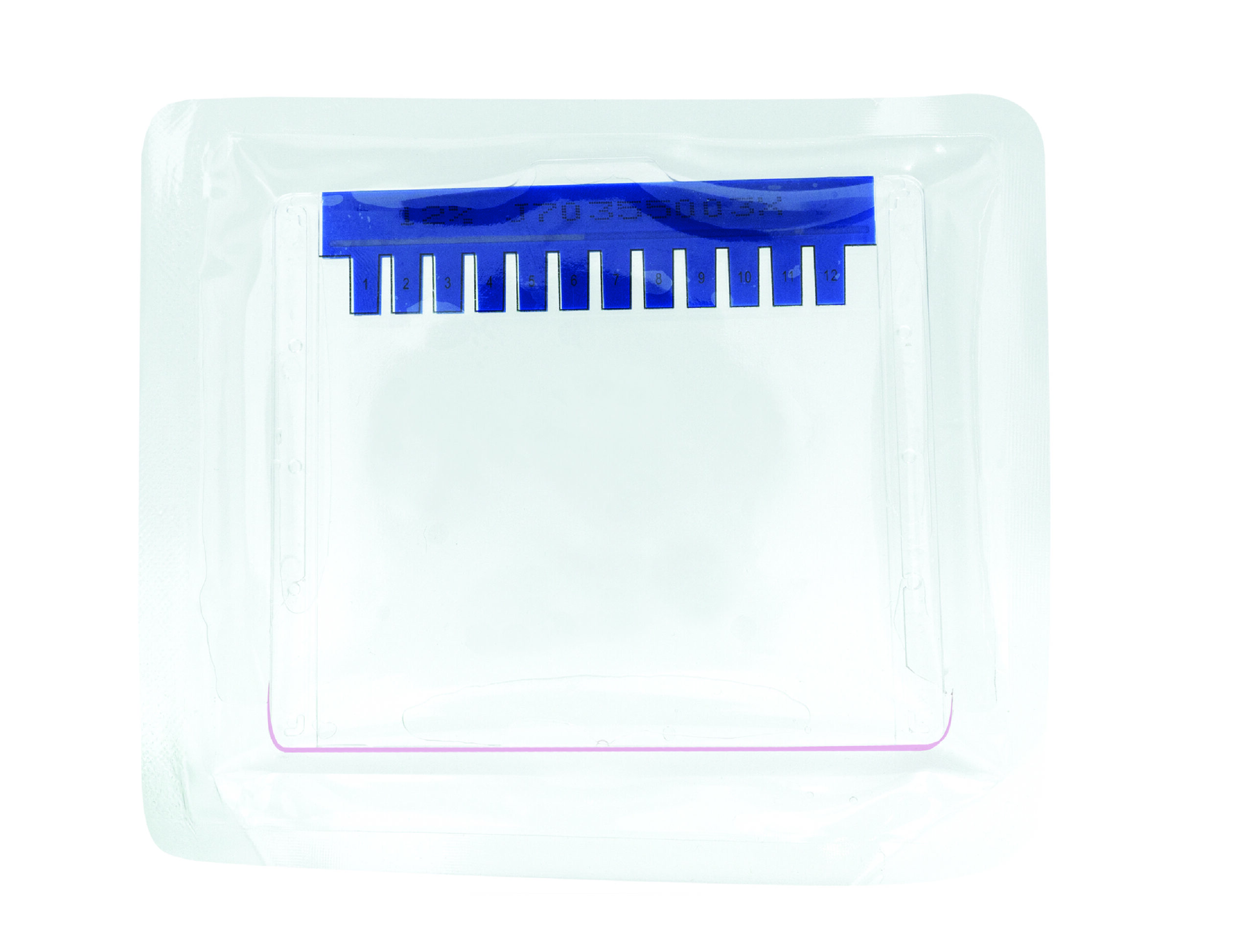
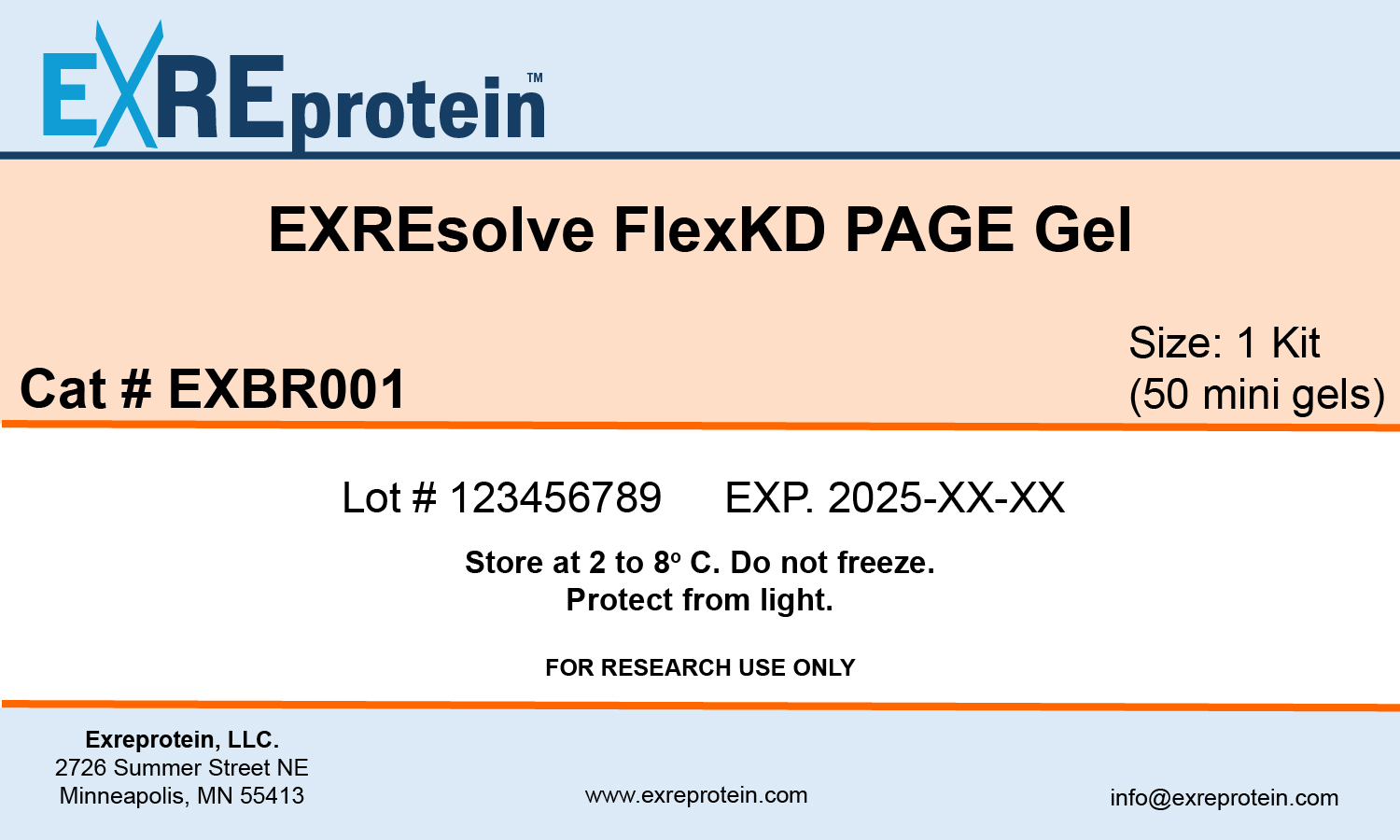
Reviews
There are no reviews yet.